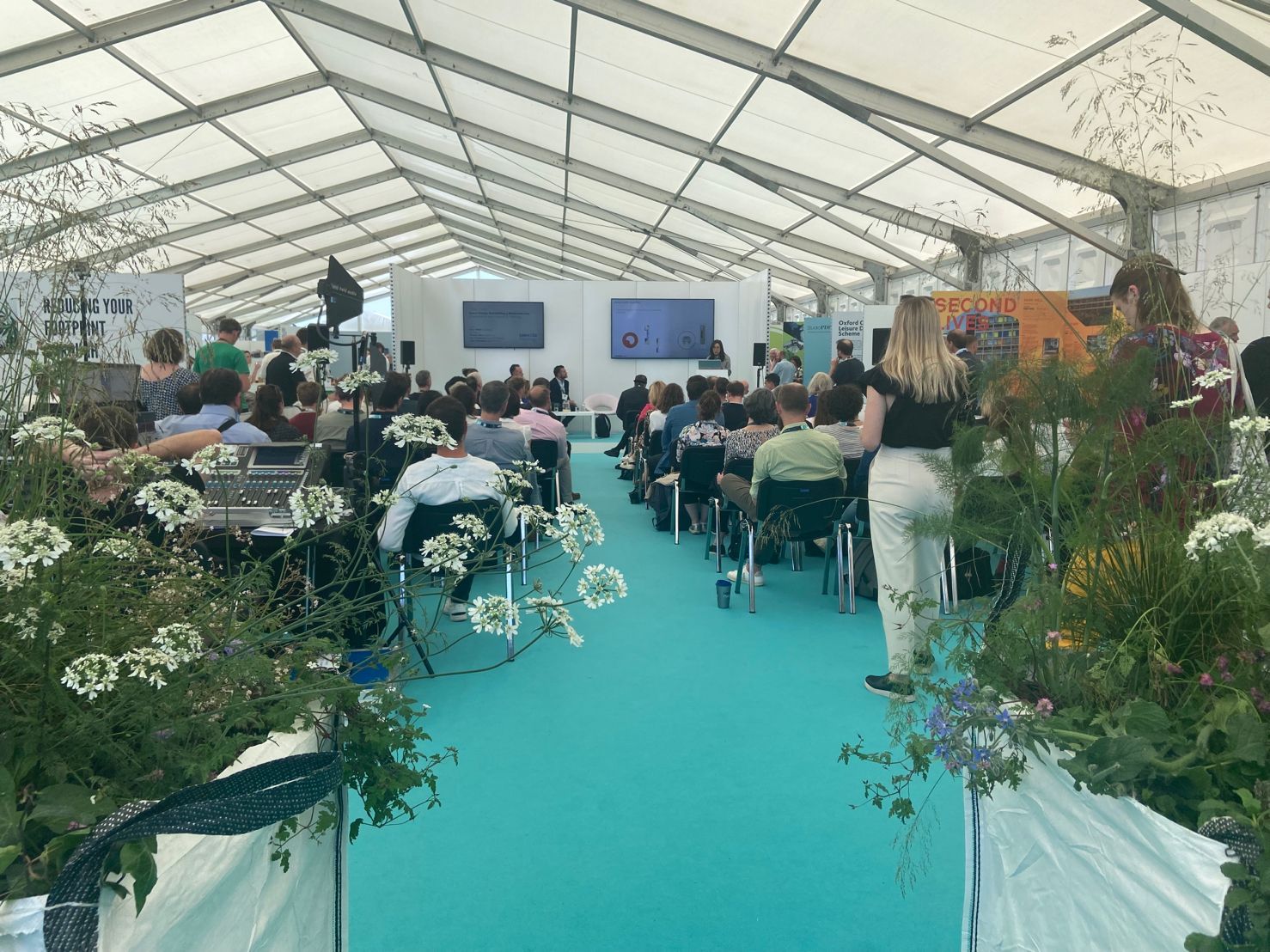"A few weeks on from FOOTPRINT+ and I've been reflecting on my take-aways from this years conference" by Tom Bulmer

A few weeks on from FOOTPRINT+ and I've been reflecting on my take-aways from this years conference, which I shared with the Fathom Architects team along with my fellow attendee Richard Hanley Timmins...
- I tried to steer clear of the Timber stage! There's some very talented people doing complex and exciting things with wood, and I think architects are often drawn to these conversations about structural timber (I know I am!) as it's a very visual expression of low-carbon development, but I wanted to grapple with some other topics which perhaps don't have the same glamour.
That said, I was pleased to hear some discussions around the added value to workplaces that are being designed and delivered in structural timber. There are those who question whether the additional costs associated with a 'non-standard' construction method can be sufficiently recovered through market rates and tenant demand for low-carbon premises. Feedback seems to be that there is, and that demand will only increase. If anyone has done any work to quantify this trend, let me know!
- There were lots of references to a certain Oxford Street department store and the role the planning system has to play in addressing whole-life carbon in the property development industry. I enjoyed hearing about the work that the #cityoflondon have done to develop their Whole Lifecycle Carbon Optioneering planning note. Adopting such a rigorous methodology and a transparent approach early in the planning process should help to avoid any project becoming the political punchbag of the day. Could this document for the template for a London-wide or national policy?
- Designing for disassembly and the circular economy feels like the topic that the industry is grappling with most right now. Buildings (new or retrofit) require materials - how to source them without generating more carbon and more waste? Connecting those with material assets from existing end-of-life building stock with those who require them for (re)development looks like a huge opportunity area. And we all have to get over the idea of 'newness' equalling prestige or value!
)
)